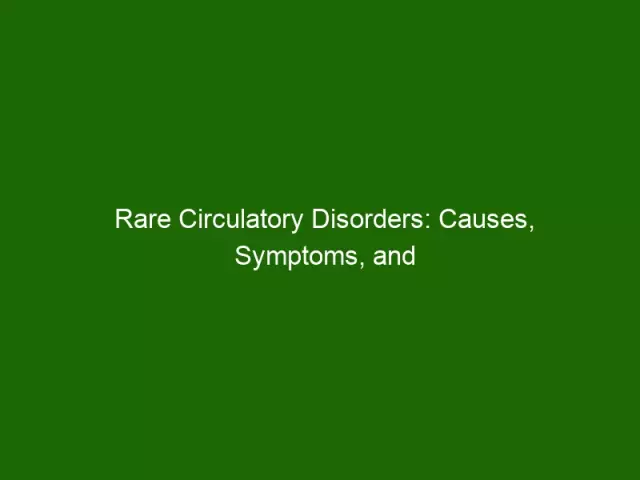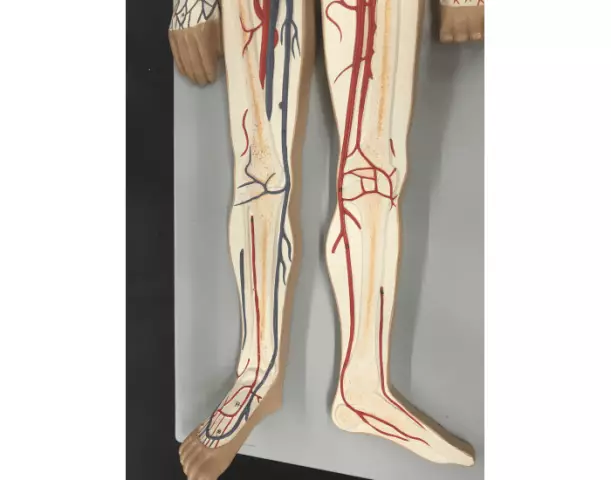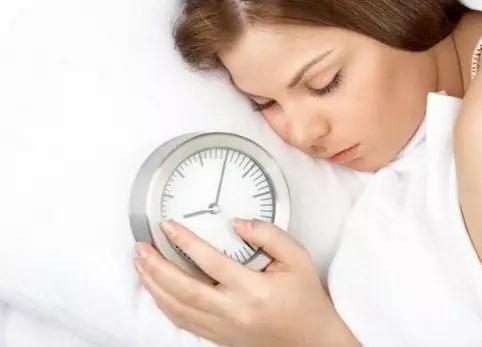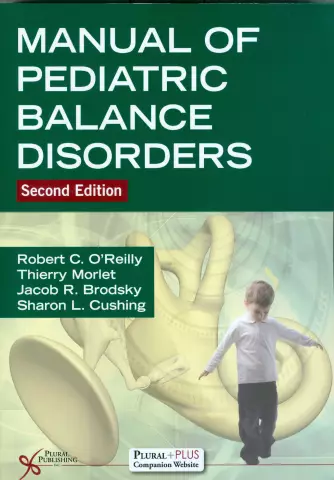- Author Rachel Wainwright [email protected].
- Public 2023-12-15 07:39.
- Last modified 2025-11-02 20:14.
Circulatory disorders

Violation of blood circulation is a typical pathological process in which the cardiovascular system is unable to provide blood supply to tissues and organs. The consequence of the process is the development of hypoxia and a slowdown in metabolism.
The cardiovascular system is one of the body's vital systems that is associated with the transport of nutrients, oxygen and vital hormones and neurotransmitters to all parts of the body.
The cardiovascular system consists of blood, blood vessels, and heart, which play an important role in the normal functioning of the body's metabolic processes by carrying nutrients to distant parts. Any change in the normal functioning of the circulatory cycle leads to diseases of acute circulatory disorders, which include both heart disease and vascular disorders, which is the leading cause of death worldwide.
Circulatory disorders are classified into general and local.
Common circulatory disorders are:
- · Disseminated intravascular blood coagulation;
- · Shock;
- · General arterial plethora;
- · Thickening of blood;
- · General venous congestion;
- · Blood thinning;
- · General acute and chronic anemia.
Local circulatory disorders include:
- · Thrombosis;
- Ischemia;
- · Heart attack;
- · Embolism;
- · Blood stasis;
- · Venous congestion;
- · Arterial plethora;
- · Bleeding and hemorrhage.
Circulatory disorders can be caused by such disorders of the myocardiovascular system as:
- · Angina pectoris;
- Arrhythmia;
- · Atherosclerosis;
- · Arteriosclerosis;
- · Cardiomyopathy;
- · Congenital heart disease;
- · Cardiac ischemia;
- · Hypertension;
- · Hypercholesterolemia;
- · Diseases of peripheral vessels.
Causes of circulatory disorders

There are many reasons why circulatory disorders occur. They can be roughly divided into 5 groups - traumatic, compression, occlusive, tumor and vasospastic. Circulatory problems often occur in people with certain medical conditions such as diabetes, hypertension, kidney failure, and dialysis patients.
The conditions under which circulatory disorders occur are:
- · Penetrating injuries;
- · Aneurysms;
- · Vascular disorders;
- · Raynaud's phenomenon;
Symptoms of circulatory disorders
The symptoms of circulatory disorders are:
- Pain
- · Changes in the color of the fingertips;
- · Non-healing ulcers;
- · Intolerance to cold;
- Numbness or tingling in the fingers
- · Swelling of the area around the vessels;
- · Poor wound healing;
- Cyanosis
- · Fatigue;
- · Dizziness;
- Fainting;
- · Lameness;
- · Headache;
- · Chest pain;
- · Abnormal blood pressure.
Treatment of circulatory disorders
Treatment of circulatory disorders should begin with treating the cause of the circulatory disorder in combination with a diet, a healthy diet low in fat and salt and high in omega-3 and vitamin E, regular exercise, and smoking cessation, but for patients with acute circulatory disorders require surgical intervention.
It is also possible to treat circulatory disorders with anti-inflammatory drugs, physical therapy, exercise and massage, hyperbaric oxygen therapy, electromagnetic therapy, vibrotherapy, and complementary approaches to improve blood flow that help heal tissues and relieve pain, inflammation and fatigue.
YouTube video related to the article:
The information is generalized and provided for informational purposes only. At the first sign of illness, see your doctor. Self-medication is hazardous to health!






